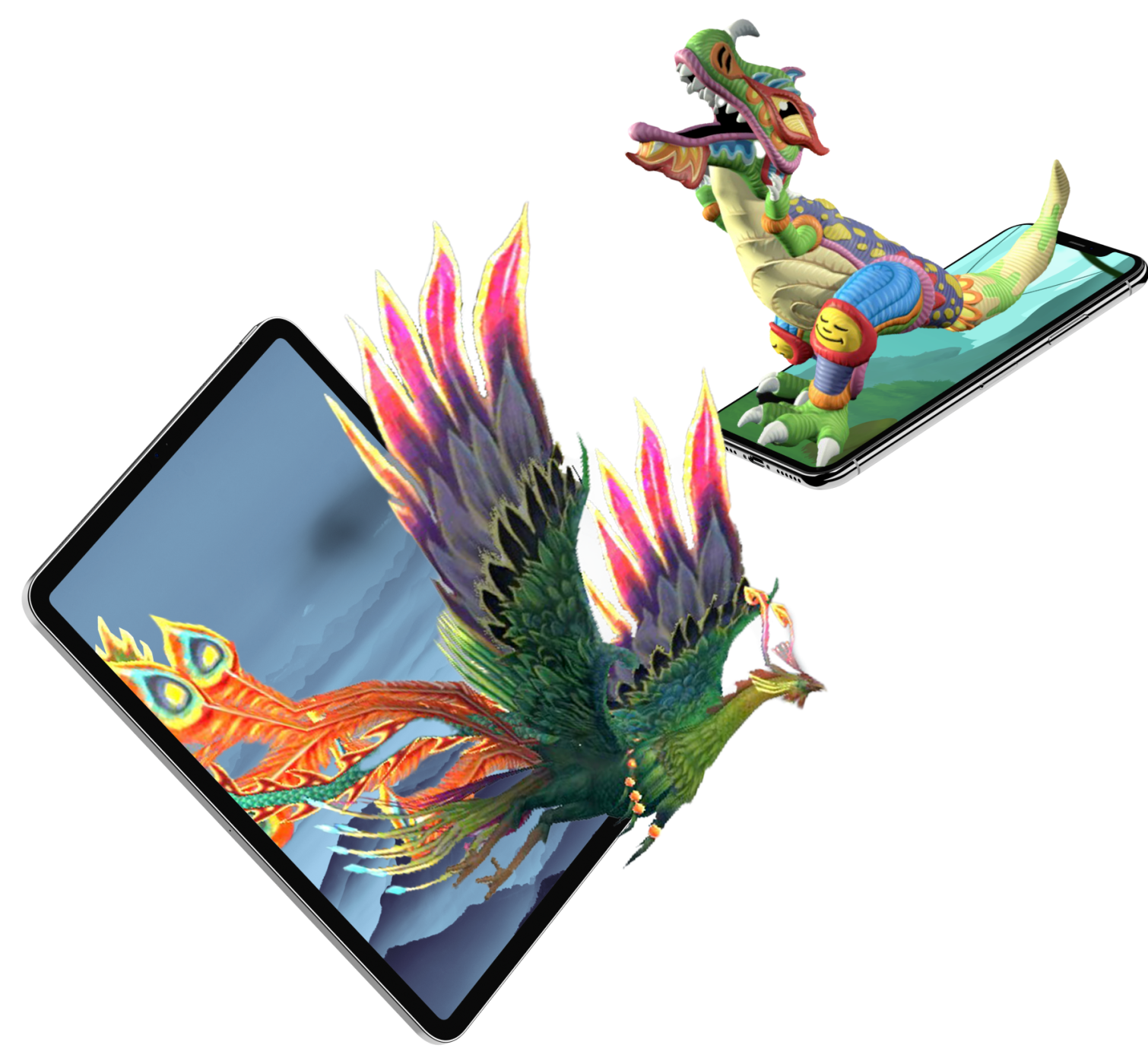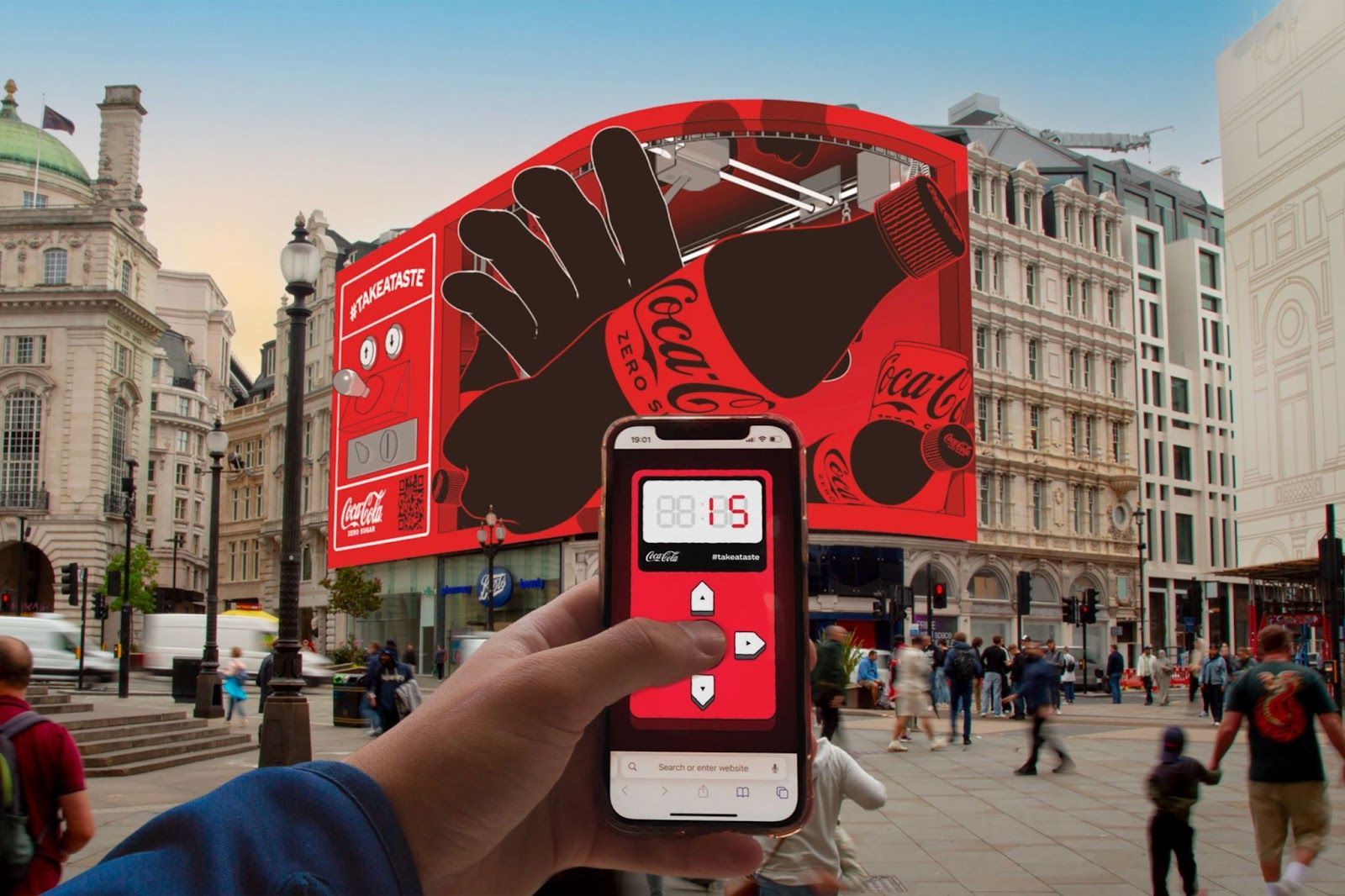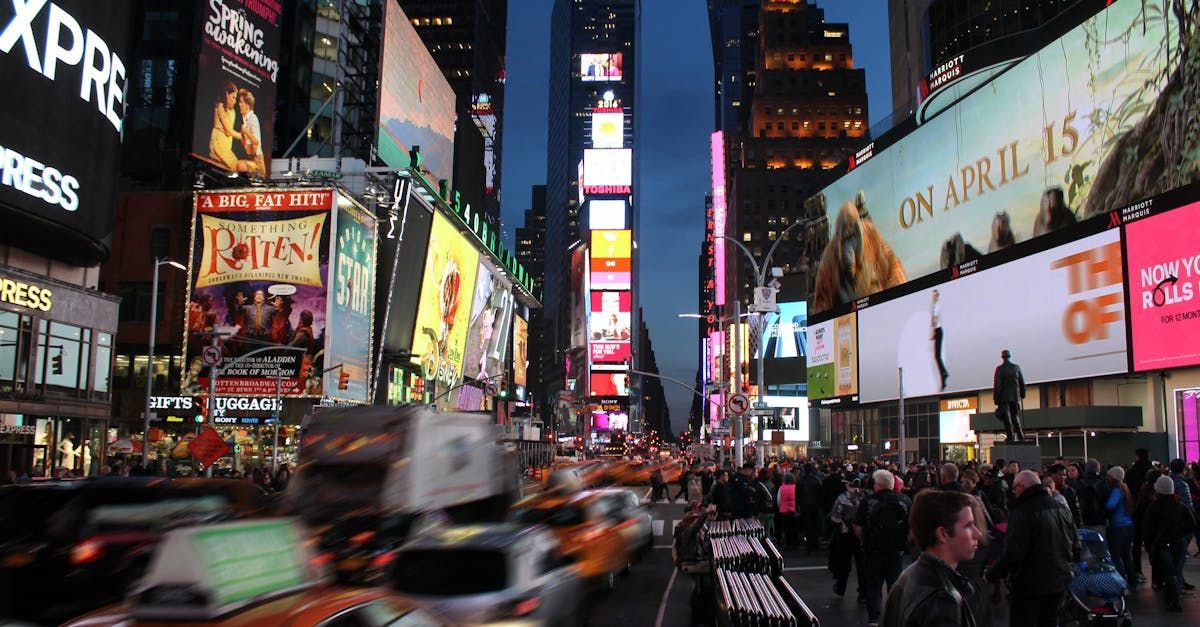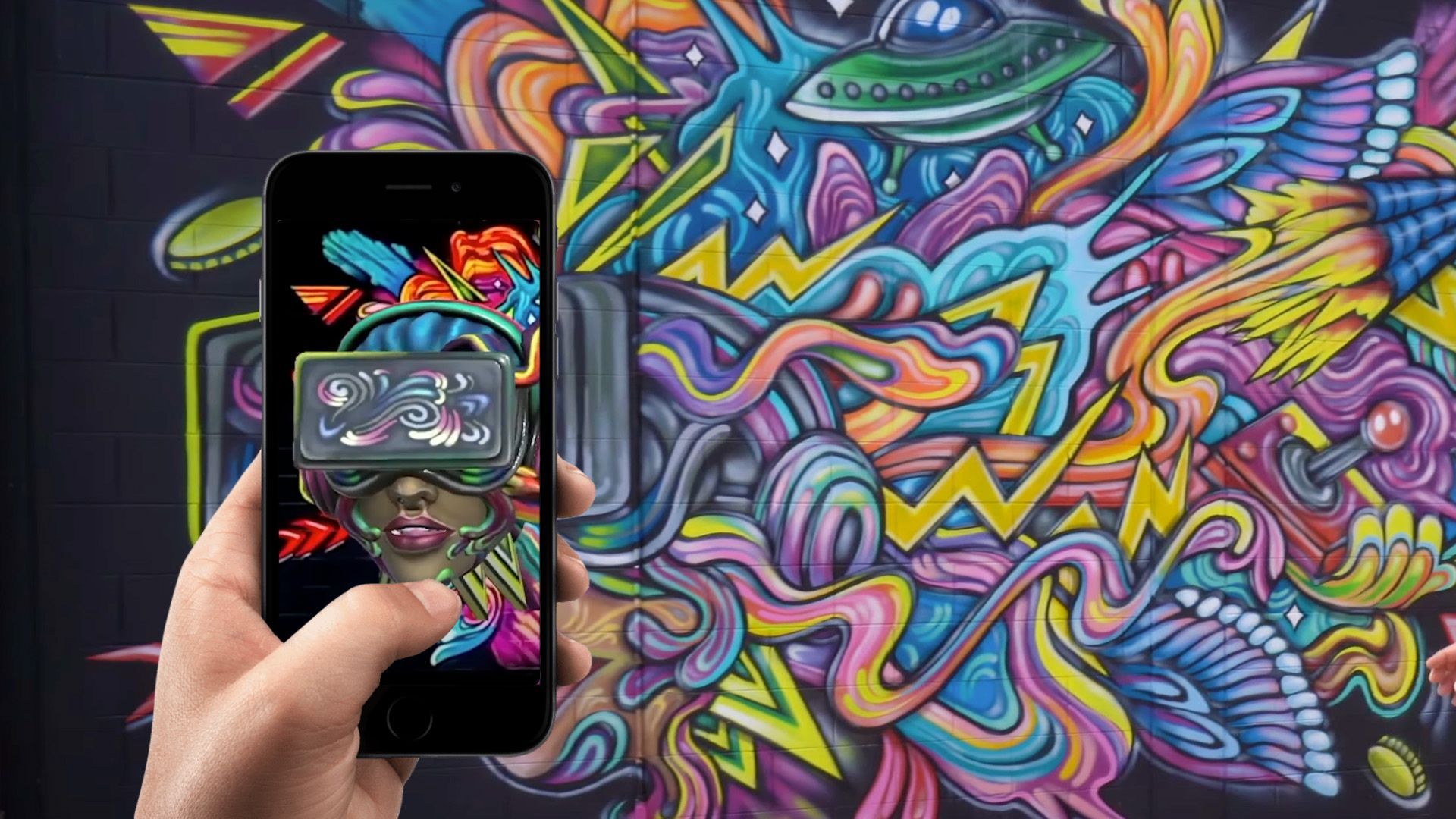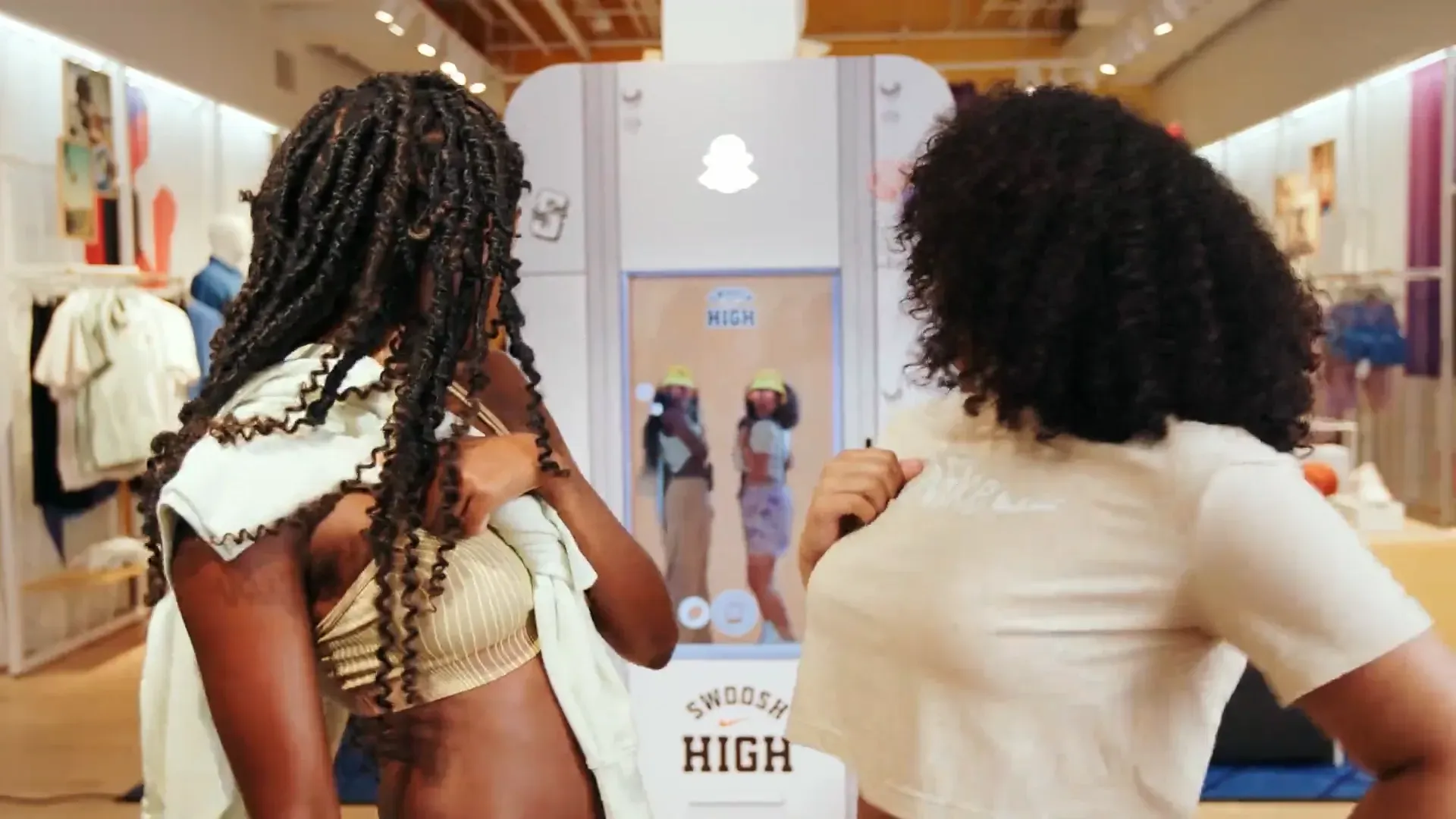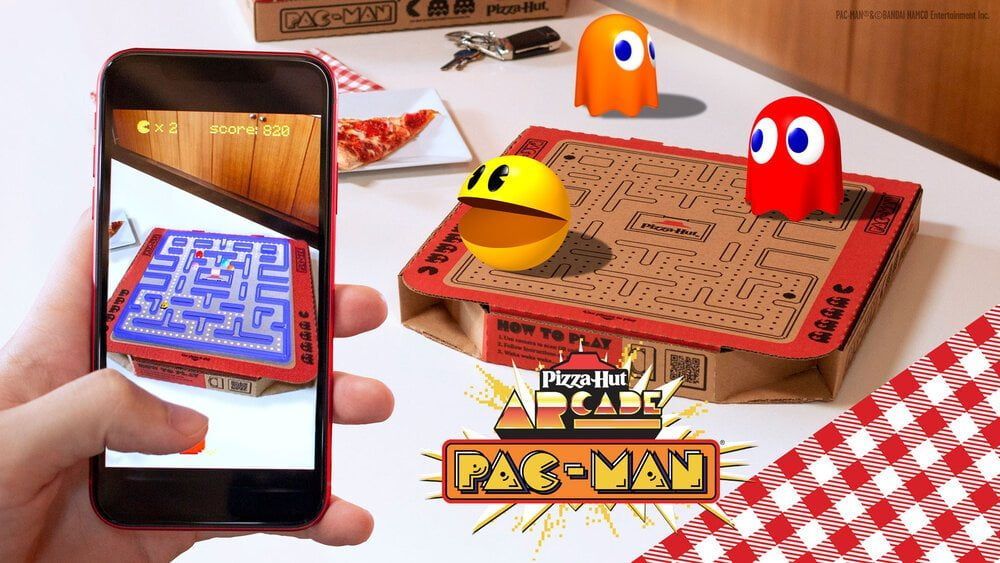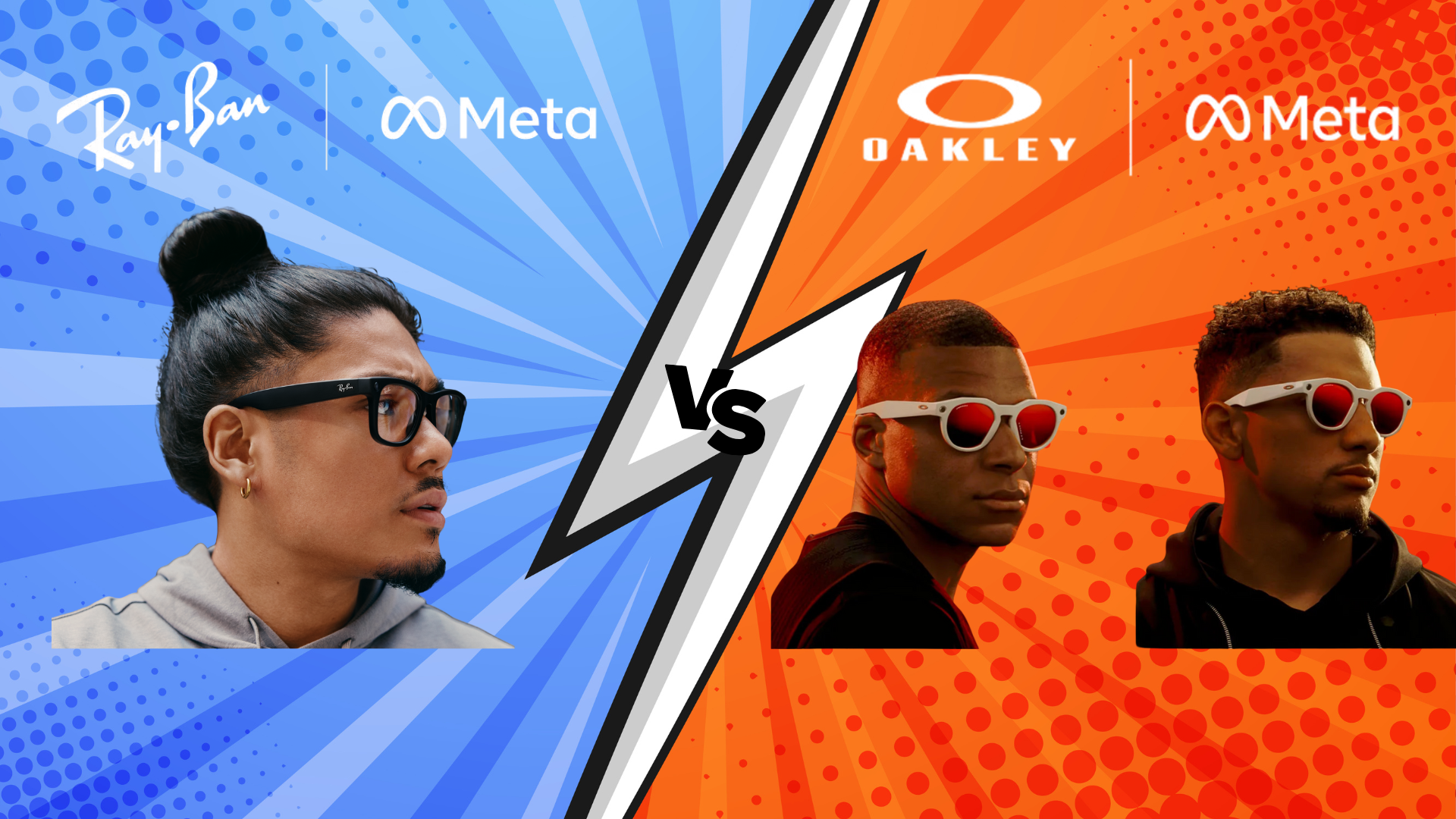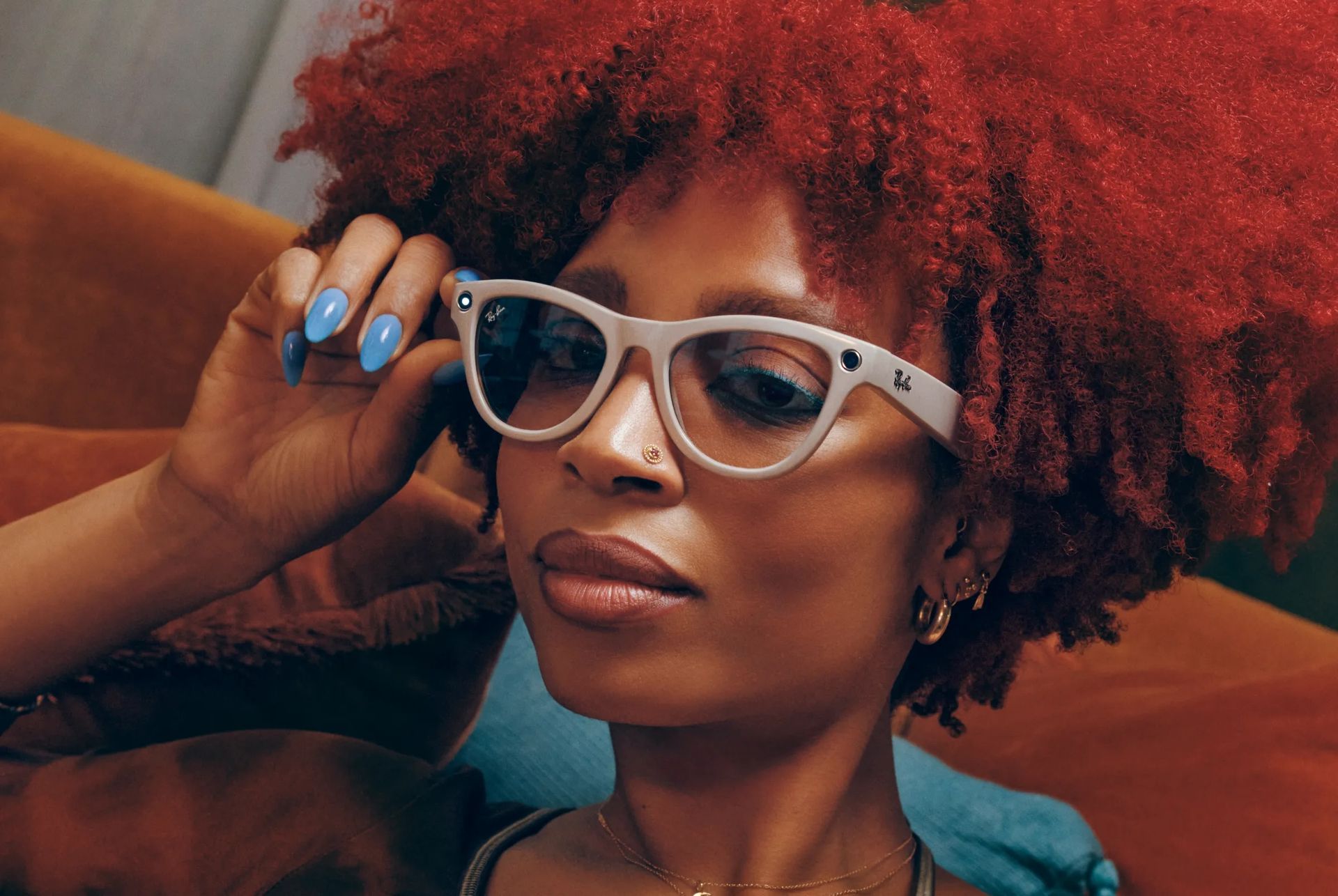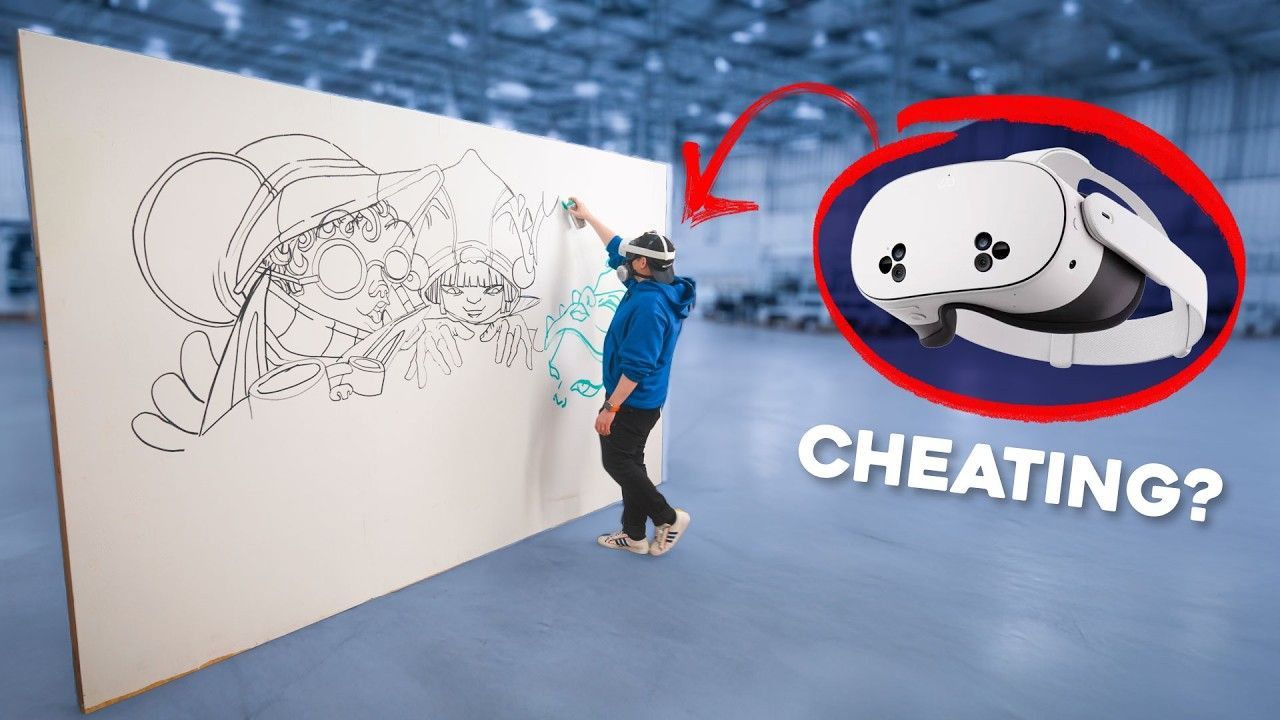How to Measure the Effectiveness of OOH Ads: A Comprehensive Guide
Out-of-home (OOH) advertising has long been a powerful tool for brands looking to reach audiences in the physical world. From towering billboards to dynamic digital displays, OOH ads are an omnipresent force that can drive awareness, engagement, and conversions. However, one of the most significant challenges for marketers is measuring the impact of these ads effectively. This article explores the traditional methods of measuring OOH effectiveness, the innovations brought by augmented reality (AR), and why AR could be the key to unlocking deeper insights into your OOH campaigns.
Traditional Methods of Measuring OOH Effectiveness
Historically, OOH effectiveness has been measured through a combination of methods that offer a broad but often imprecise picture of performance. Here’s a look at some of the most common approaches:
1. Impressions
Impressions represent the estimated number of people who saw the OOH ad. Organizations like Geopath have standardized the measurement of OOH impressions using vehicle and pedestrian traffic data, visibility, size, and other factors. Typically, these impressions are presented as a 4-week number based on an annual average. For example, a billboard might be estimated to deliver 1,000,000 annual impressions, which translates to roughly 83,000 impressions every four weeks.
While this method provides a baseline, it has limitations. Impressions are based on estimates and do not account for seasonal variations, special events, or the time the ad was displayed. This can lead to discrepancies between the reported and actual audience reached.
2. Reach and Frequency
Reach refers to the total number of unique individuals exposed to the ad, while frequency measures how often they see it. Geopath also offers data on reach and frequency, helping advertisers understand the potential impact of repeated exposures. However, like impressions, these metrics rely on estimates and lack real-time accuracy.
3. Surveys and Brand Lift Studies
Another traditional approach involves surveys and brand lift studies to gauge awareness, recall, and brand perception among the audience exposed to the OOH ad. While these methods can provide valuable insights, they are often costly, time-consuming, and dependent on self-reported data, which may only sometimes be accurate.
The Power of Augmented Reality in OOH Measurement
Augmented Reality (AR) is revolutionizing the way brands interact with their audience. It offers not just engagement but also detailed, real-time analytics that can significantly enhance the measurement of OOH campaigns.
1. Real-Time Interaction Data
AR enables users to interact with OOH ads in previously unimaginable ways. For instance, an AR billboard might allow passersby to scan a QR code or use an app to trigger an interactive experience on their smartphone. This interaction generates real-time data, such as the number of opens (how many people initiated the AR experience), captures (how many completed a specific action), and shares (how many shared the experience on social media). These metrics provide a clear picture of who saw the ad, who engaged with it, and how.
2. Engagement and Dwell Time
One of the critical benefits of AR in OOH is the ability to measure engagement time, or how long users spend interacting with the ad. This metric, often called "dwell time," is a critical indicator of the ad’s effectiveness in capturing and holding attention. Unlike traditional methods, which can only estimate impressions, AR can provide precise data on the audience's engagement with the content.
3. Demographic Insights
AR experiences often require users to provide demographic information through app registration or social media integration. This allows advertisers to gain insights into who is interacting with their ads—age, gender, location, and even interests—providing a much richer data set than traditional OOH metrics can offer.
4. Impressions and Beyond
While AR-enhanced OOH can still provide traditional impression metrics; it adds layers of additional data that offer a more nuanced understanding of an ad's performance. For instance, instead of just knowing that 100,000 people passed by a billboard, advertisers can know how many interacted with it, how many shared the experience, and what kind of engagement it generated across social platforms.
The Future of OOH Measurement: Combining AR with Traditional Methods
As AR technology evolves, integrating AR with traditional OOH measurement methods will likely become standard practice. Here’s why:
1. Enhanced Accuracy
By combining AR data with traditional impression and reach metrics, advertisers can achieve a more accurate and comprehensive view of their campaign’s performance. Real-time AR data can validate or challenge traditional estimates, leading to more reliable reporting and better decision-making.
2. Actionable Insights
AR provides insights that go beyond mere exposure. It allows advertisers to understand the consumer journey from the initial ad exposure to the final action, whether a purchase, social share, or app download. These insights can inform future campaigns, making them more targeted and effective.
3. Scalability and Flexibility
With platforms like BrandXR, which offer no-code AR solutions, creating and deploying AR experiences on OOH ads is becoming more accessible. This scalability means that even small to mid-sized brands can leverage AR to enhance their OOH campaigns, leveling the playing field regarding access to advanced analytics.
Conclusion: AR as a Game-Changer in OOH Measurement
The ability to measure the effectiveness of OOH advertising has always been a challenge. Traditional methods, while useful, have significant limitations in terms of accuracy and real-time feedback. Augmented Reality offers a powerful solution to these challenges, providing detailed analytics far beyond impressions and reach. By integrating AR into OOH campaigns, brands can create more engaging and memorable experiences and gain valuable insights that drive better marketing decisions. As AR technology continues to evolve, it is set to become an indispensable tool in measuring and optimizing OOH advertising.
By embracing AR, advertisers can ensure their OOH campaigns are seen, interacted with, remembered, and shared, ultimately leading to greater effectiveness and ROI. Whether you’re a small brand looking to stand out or a large corporation aiming to maximize impact, AR could be the key to unlocking the full potential of your OOH advertising strategy.
TALK TO A PRO
We're here to bring your brand to life!
Stay Connected with BrandXR
Create Augmented Reality for Free!
Create, Publish, and Measure 3D Augmented Reality Experiences Without Having to Code.
